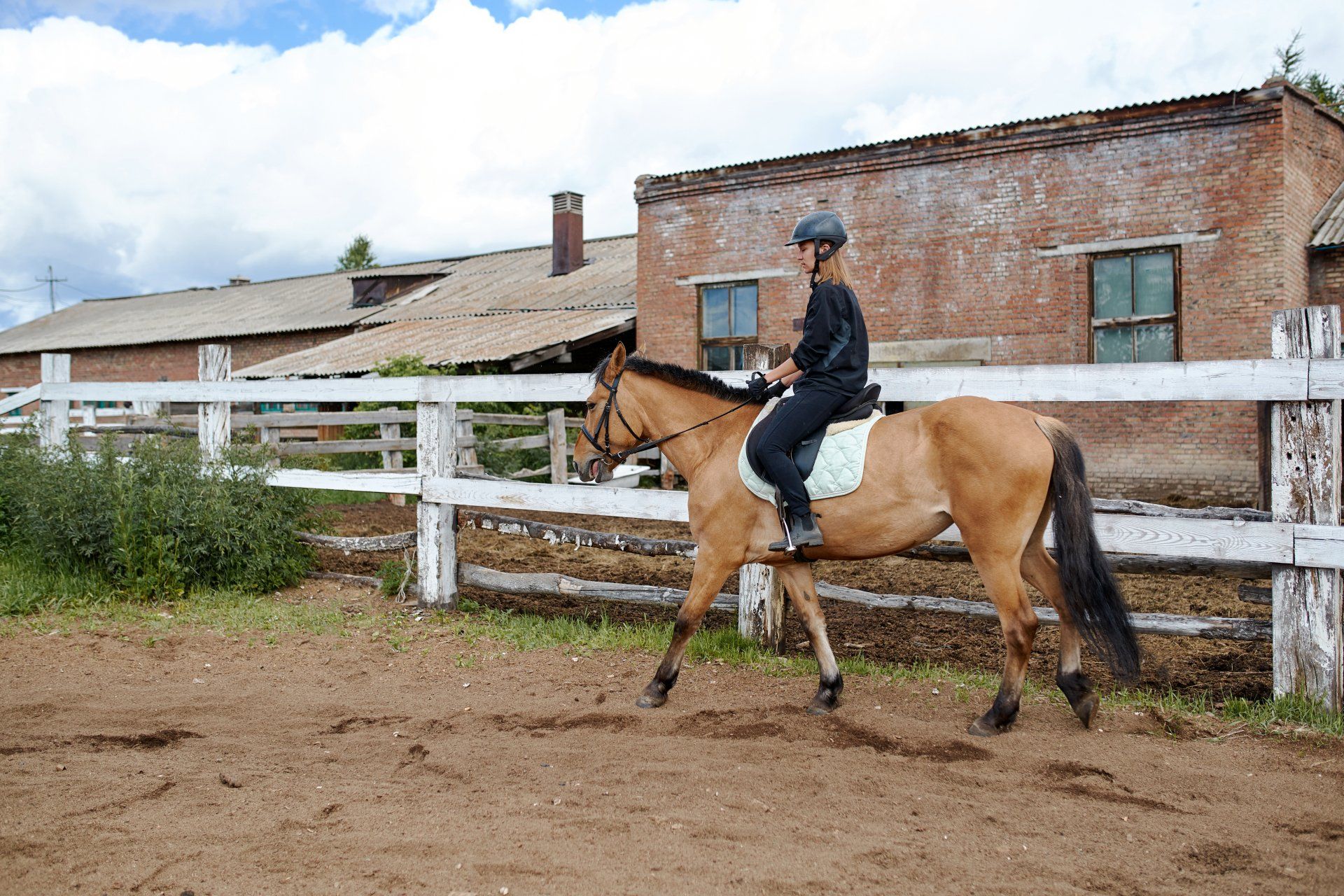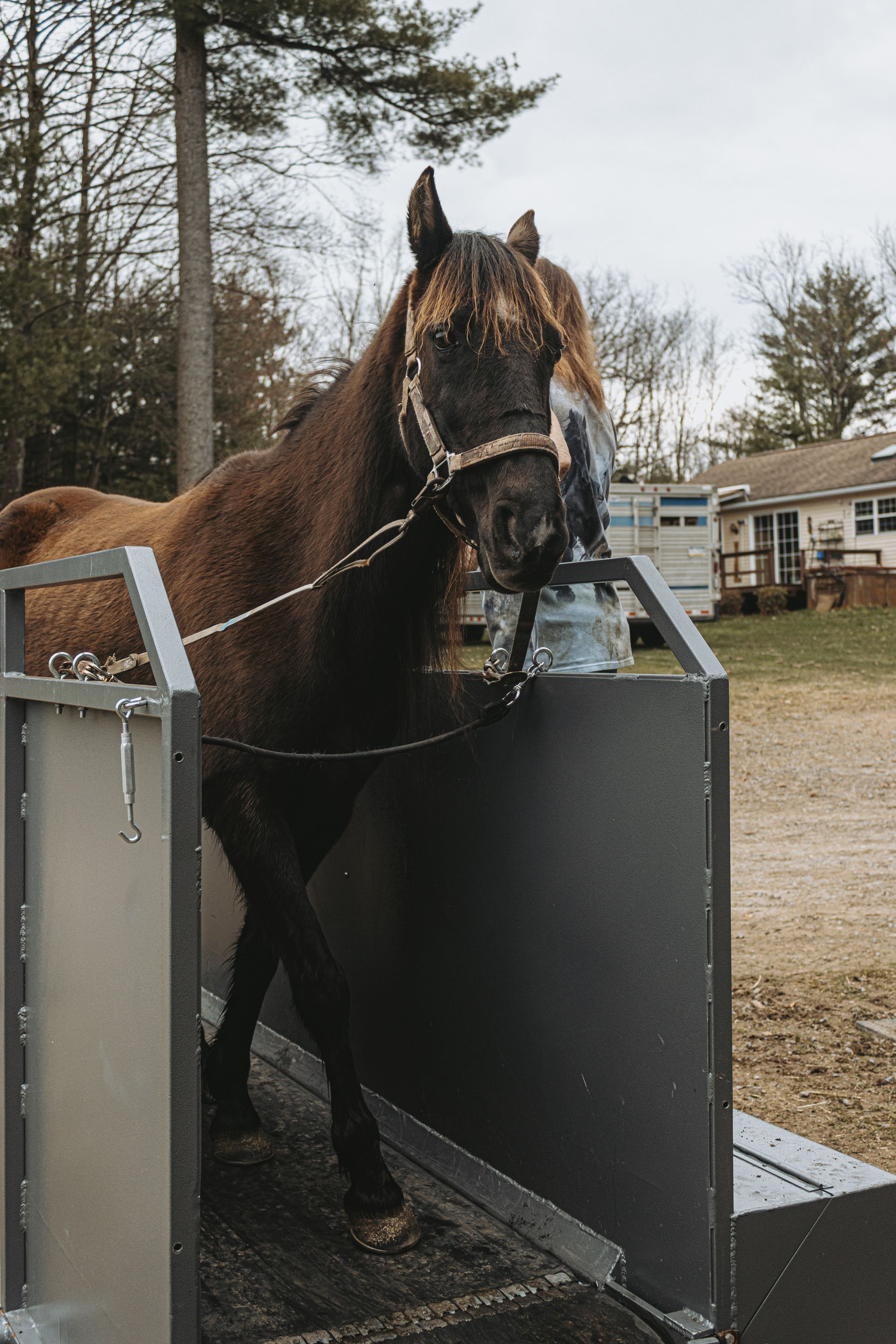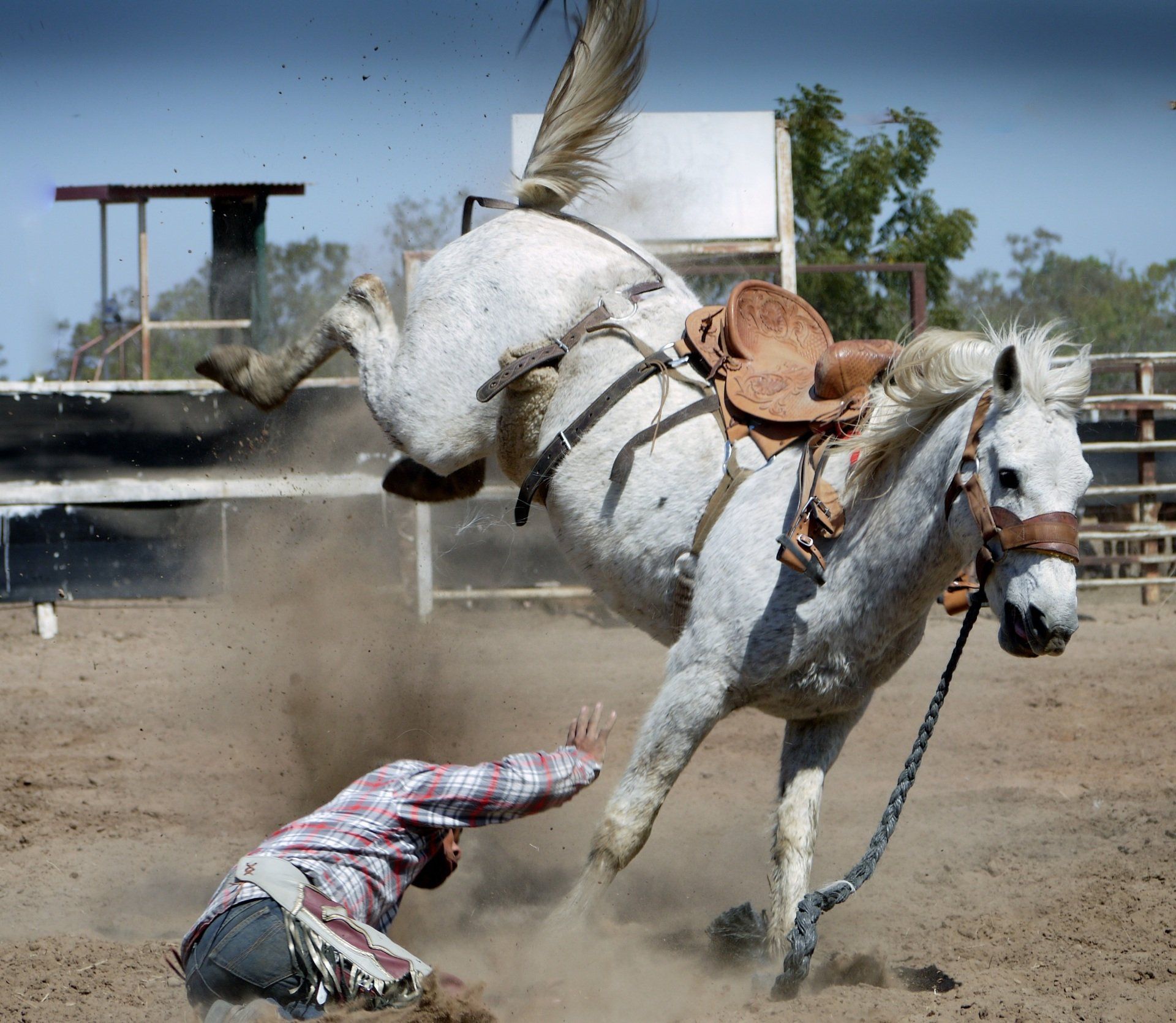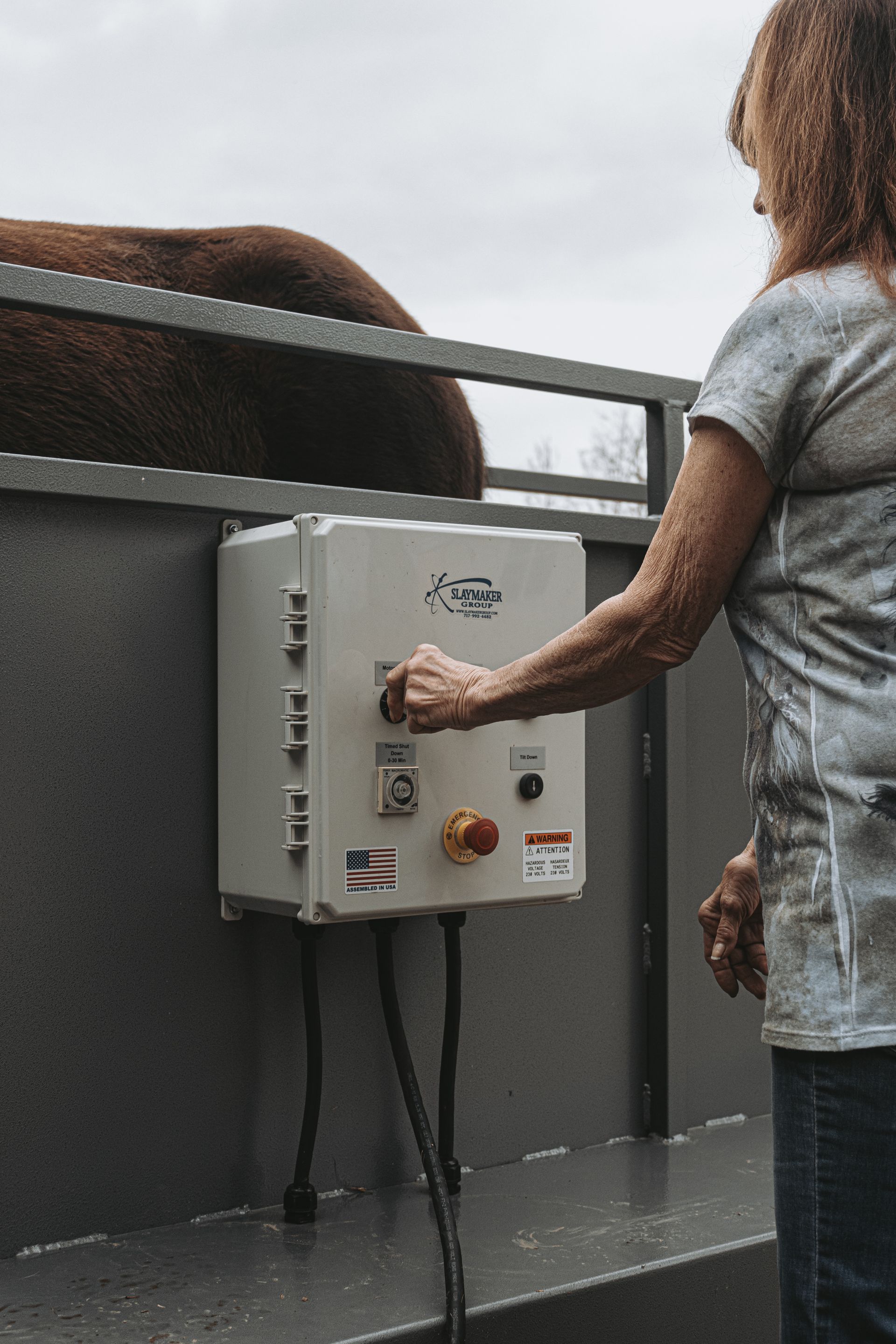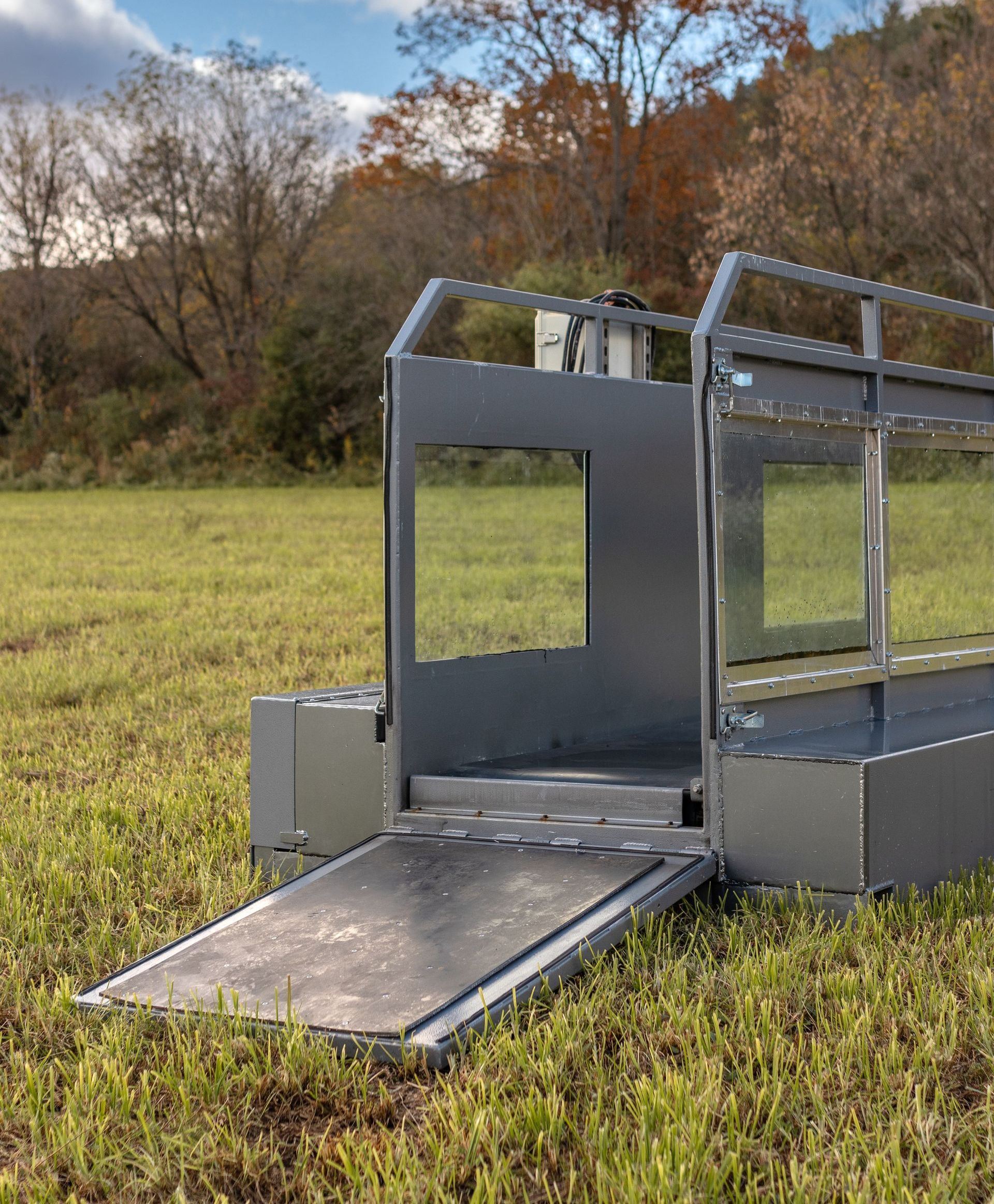Interval Training To Improve Horse Performance
How to Harness The Power of Horse Treadmills in Interval Training
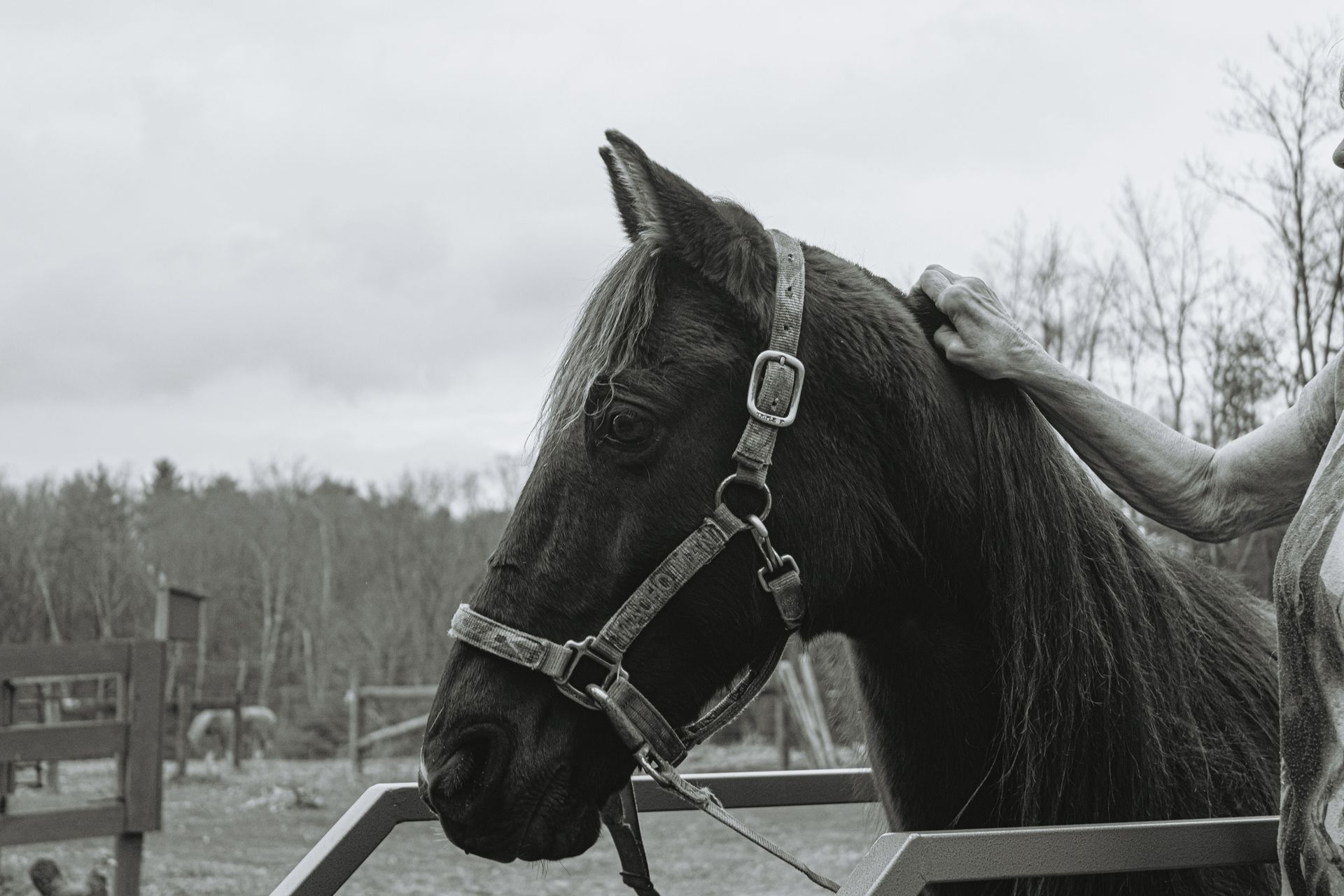
When we consider the best methods for horse training, conditioning, and performance enhancement, we want to clarify the distinction between breaking and training. Many trainers and riding methods fail to do so, which means horses ready to improve their performance lose the opportunity for more adaptable and strengthening training programs like interval methods.
Breaking in deals with the initial phase of a foal accepting a harness and basic obedience to the aids. This post discusses a more advanced and far more impactful training technique. It involves methods that have been specifically developed for sport or leisure horses and is intended to dramatically enhance your horse’s speed, endurance, and overall performance.
With the additional option of adding treadmill interval training, this blog provides a guide on implementing interval training sessions and tracking your horse’s progress for optimal results.
Understanding Interval Training for Horses
Interval training involves alternating periods of high-intensity exercise with rest or low-intensity exercise periods. This method can help improve horses’ cardiovascular fitness, muscle strength, and endurance. Benefits of interval training include:
- Enhanced Speed: Improves your horse’s ability to sprint and maintain higher speeds.
- Increased Endurance: Builds stamina for longer rides and competitions.
- Improved Recovery: Trains your horse’s body to recover quickly from intense exertion.
- Balanced Conditioning: Provides a comprehensive workout that strengthens multiple muscle groups.
Implementing Interval Training Sessions
1. Initial Assessment
Before starting interval training, have your horse evaluated by a veterinarian to ensure they are in good health and ready for the increased physical demands. Identify any potential issues that might affect their training.
2. Setting Goals
Determine specific performance goals for your horse, such as improving speed, enhancing endurance, or preparing for a particular event. These goals will guide the structure and intensity of your training sessions.
3. Designing the Training Plan
Create a structured training plan that includes the following elements:
- Warm-Up: Begin each session with a thorough warm-up to prepare your horse’s muscles and joints for exercise. This can include 10-15 minutes of walking and light trotting.
- High-Intensity Intervals: Include short bursts of high-intensity exercise, such as fast trotting or cantering, lasting 1-2 minutes.
- Rest Periods: Follow each high-intensity interval with a rest period of 2-3 minutes at a walk or slow trot to allow recovery.
- Cool-Down: End each session with a cool-down period of 10-15 minutes of walking to gradually reduce your horse’s heart rate and prevent stiffness.
4. Using a Horse Treadmill
A horse treadmill can be an excellent controlled and consistent interval training tool. Here’s how to use it effectively:
- Set Up the Treadmill: Ensure the treadmill is properly set up and calibrated for your horse’s size and weight. Adjust the speed and incline settings according to your training plan.
- Monitor Intensity: Use the treadmill’s settings to accurately control the speed and duration of each interval. Gradually increase the intensity as your horse’s fitness improves.
- Track Progress: Keep a training log to record each session’s details, including the duration and intensity of intervals, rest periods, and your horse’s response. This will help you track progress and make necessary adjustments.
Tracking Your Horse’s Progress
1. Heart Rate Monitoring
A heart rate monitor can provide valuable insights into your horse’s fitness level and recovery rate. Track your horse’s heart rate during and after each session to ensure they work within a safe and effective range.
2. Performance Metrics
Measure improvements in speed, endurance, and recovery time. Track your horse’s times for specific distances or intervals and compare them to gauge progress.
3. Physical Condition
Regularly assess your horse’s overall physical condition, including muscle tone, body condition score, and any signs of fatigue or soreness. Make adjustments to the training plan as needed to avoid overtraining.
Tips for Success
- Consistency: Maintain a regular training schedule to build and sustain fitness levels.
- Variety: Incorporate different intervals and exercises to keep your horse engaged and prevent boredom.
- Rest and Recovery: Ensure your horse has adequate rest and recovery time between sessions to prevent injury and promote optimal performance.
- Nutrition: Provide a balanced diet to support your horse’s increased energy needs and recovery. Consult with a veterinarian or equine nutritionist for personalized recommendations.
Interval training is a powerful method for enhancing your horse’s performance, speed, and endurance. By implementing structured interval sessions and using tools like a horse treadmill, you can optimize your horse’s fitness and track their progress effectively.
Treadlite offers high-quality
horse treadmills to help you achieve your performance goals.
Contact us today to learn more about our products and how we can support your horse’s training journey.

